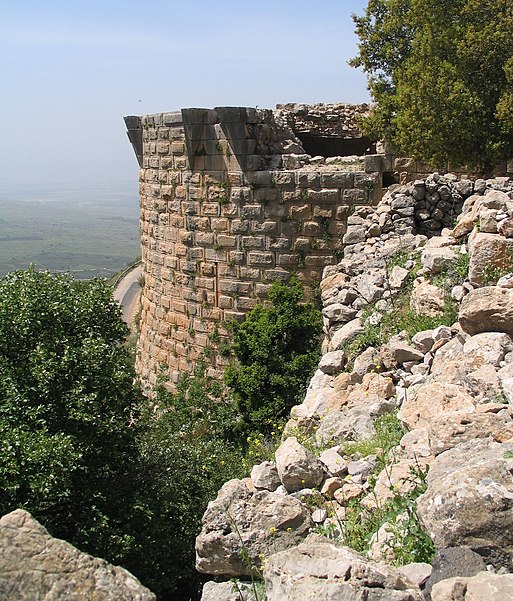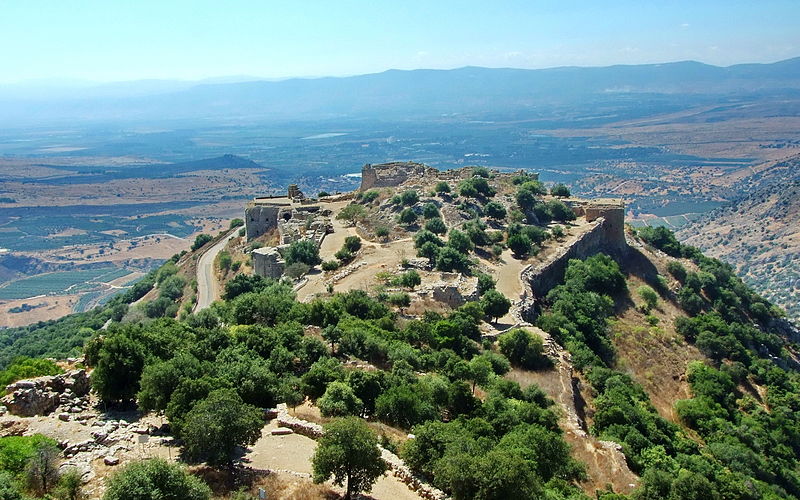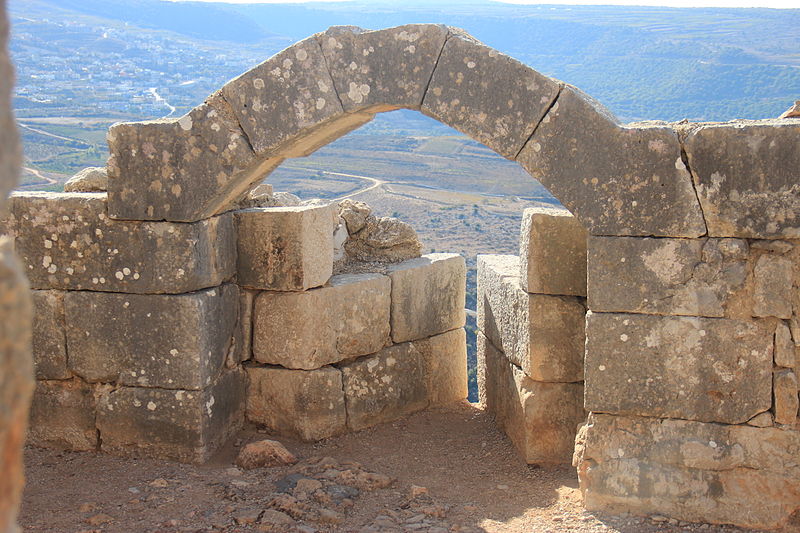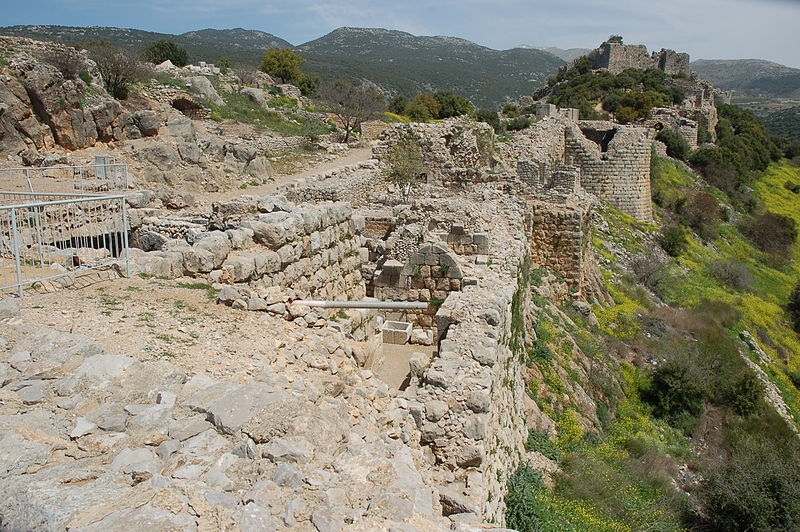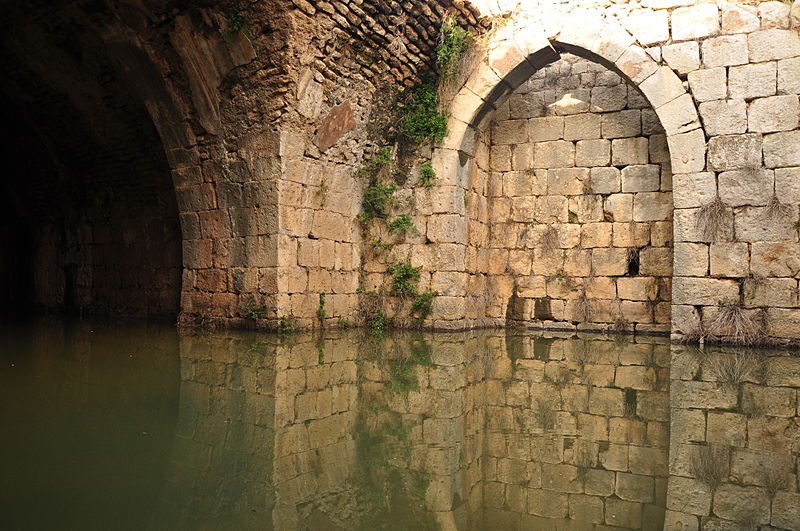Nimrod Fortress
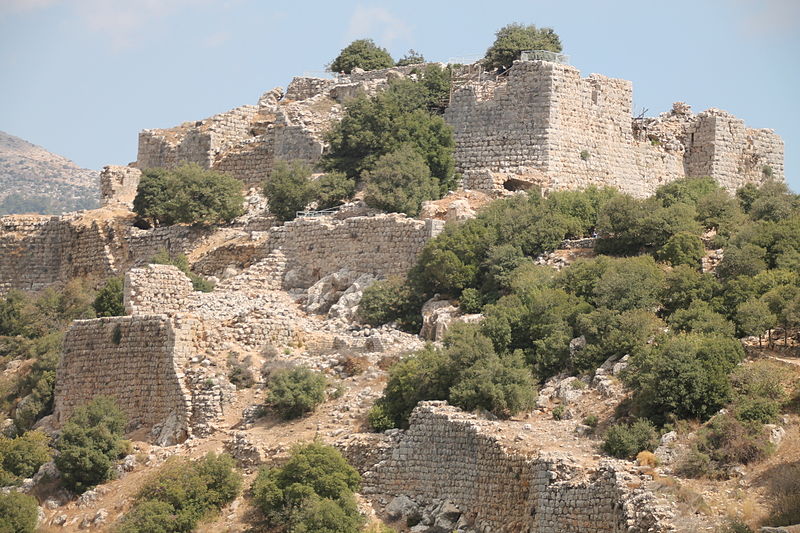
Facts and practical information
Perched on the southern slopes of Mount Hermon, the Nimrod Fortress, also known as Qal'at al-Subeiba, meaning 'Castle of the Large Cliff' in Arabic, stands as a monumental relic of medieval military architecture. This formidable castle, located in what is now the Israeli-occupied Golan Heights, was originally built in the 13th century to guard against Crusader advances into Syria.
The fortress, named after the biblical figure Nimrod, a legendary hunter, is one of the largest and most well-preserved castles from the period of Ayyubid and Mamluk rule in the region. Its strategic position allowed it to dominate the surrounding valleys and provided control over the route connecting the city of Damascus with the port of Tyre on the Mediterranean coast.
Constructed initially by the Ayyubid ruler Al-Aziz 'Uthman, the fortress was later expanded and strengthened by the Mamluk sultan Baibars to withstand the threat of the Mongol invasions. The castle's design showcases the advanced military architecture of the time, featuring thick defensive walls, numerous towers, and a deep moat hewn into the rock.
Visitors to the Nimrod Fortress can explore its sprawling grounds, which include a beautiful entrance gate, various towers and turrets, a large keep, and even secret passageways. The fortress also offers panoramic views of the Golan Heights and the surrounding regions, making it a popular destination for both history enthusiasts and nature lovers.
Nimrod Fortress – popular in the area (distance from the attraction)
Nearby attractions include: Mount Hermon ski resort, Shouting Hill, Caesarea Philippi, Tel Faher.
Frequently Asked Questions (FAQ)
When is Nimrod Fortress open?
- Monday 8 am - 5 pm
- Tuesday 8 am - 5 pm
- Wednesday 8 am - 5 pm
- Thursday 8 am - 5 pm
- Friday 8 am - 4 pm
- Saturday 8 am - 4 pm
- Sunday 8 am - 5 pm


